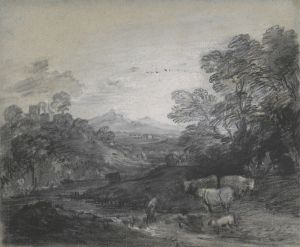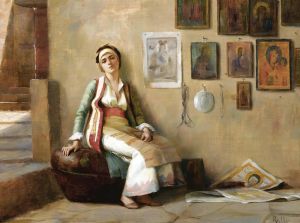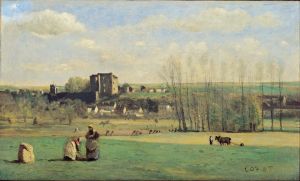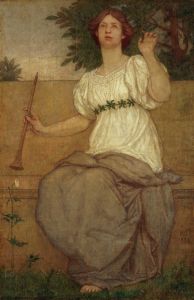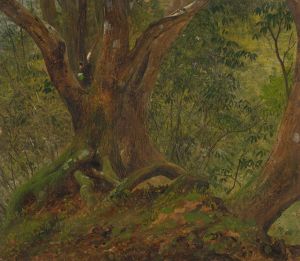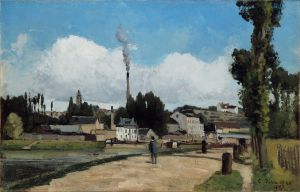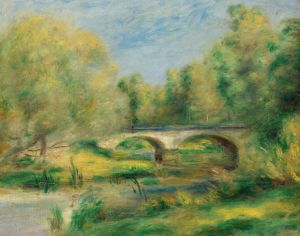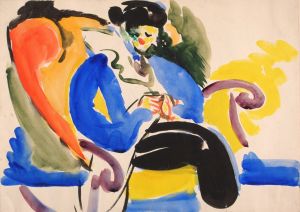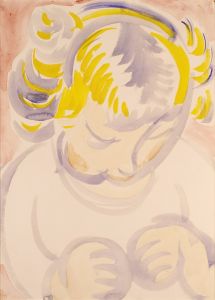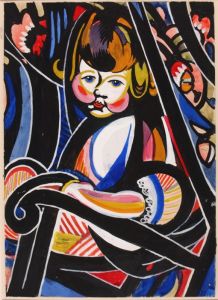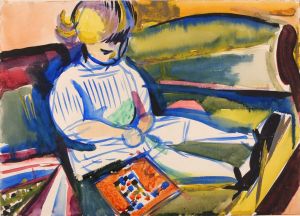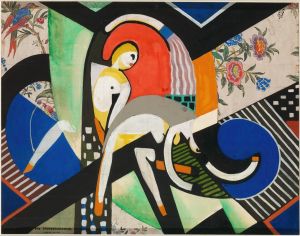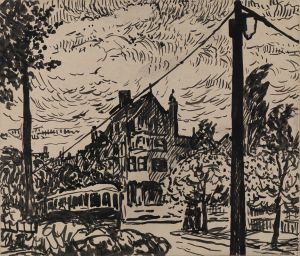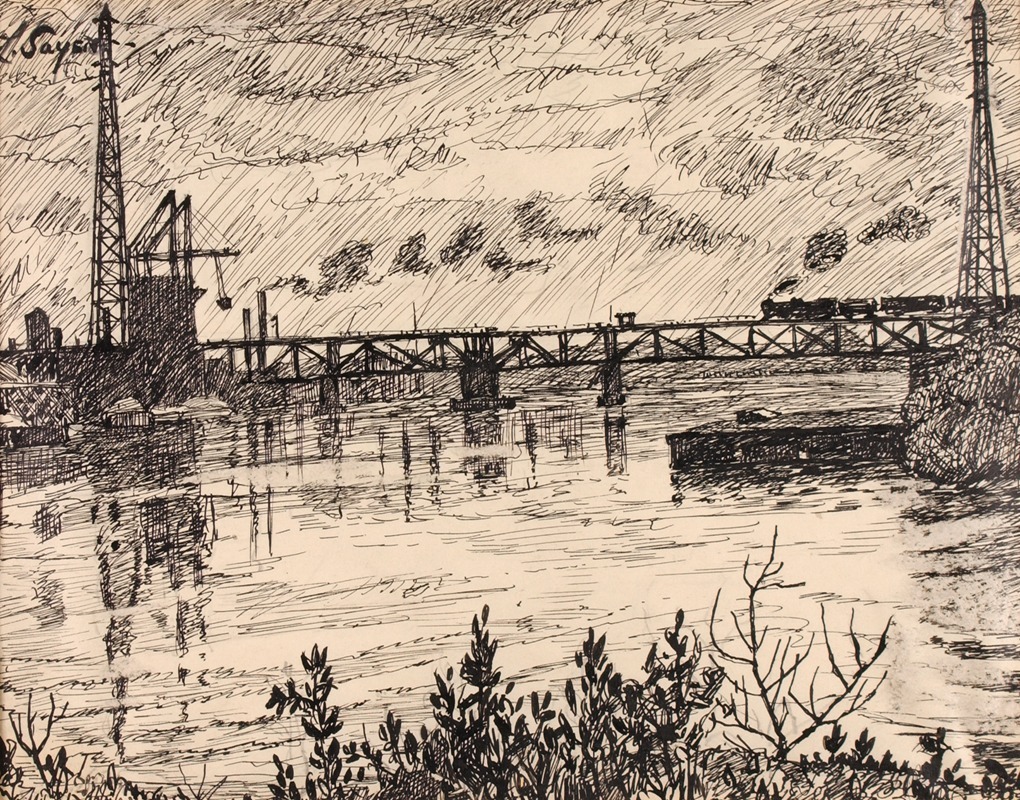
Schuylkill no. 3
A hand-painted replica of Henry Lyman Saÿen’s masterpiece Schuylkill no. 3, meticulously crafted by professional artists to capture the true essence of the original. Each piece is created with museum-quality canvas and rare mineral pigments, carefully painted by experienced artists with delicate brushstrokes and rich, layered colors to perfectly recreate the texture of the original artwork. Unlike machine-printed reproductions, this hand-painted version brings the painting to life, infused with the artist’s emotions and skill in every stroke. Whether for personal collection or home decoration, it instantly elevates the artistic atmosphere of any space.
Henry Lyman Saÿen was an American artist and inventor, known for his contributions to both the art world and the field of radiology. One of his notable works is "Schuylkill no. 3," a painting that exemplifies his unique style and artistic vision. Saÿen was born in 1875 in Philadelphia, Pennsylvania, and his career spanned the late 19th and early 20th centuries. He studied at the Pennsylvania Academy of the Fine Arts and later in Paris, where he was influenced by the avant-garde movements of the time.
"Schuylkill no. 3" is part of a series of works that Saÿen created, inspired by the Schuylkill River in Pennsylvania. The Schuylkill River, which flows through Philadelphia, was a significant source of inspiration for many artists of the region due to its picturesque landscapes and industrial scenes. Saÿen's depiction of the river in "Schuylkill no. 3" captures the essence of the natural beauty and the dynamic interplay of light and color.
Saÿen's style in "Schuylkill no. 3" reflects his exposure to the European art scene, particularly the influences of Impressionism and Post-Impressionism. The painting is characterized by its vibrant color palette and loose brushwork, which convey a sense of movement and atmosphere. Saÿen's use of color and light in this work demonstrates his keen observational skills and his ability to translate the natural world onto canvas in a way that is both realistic and expressive.
In addition to his artistic pursuits, Henry Lyman Saÿen was also an accomplished inventor. He is credited with developing an early version of the X-ray tube, which had a significant impact on the field of medical imaging. Saÿen's dual interests in art and science are evident in his meticulous attention to detail and his innovative approach to both disciplines.
"Schuylkill no. 3" is a testament to Saÿen's artistic talent and his ability to capture the essence of a specific location through his unique perspective. The painting not only showcases the natural beauty of the Schuylkill River but also reflects the broader artistic trends of the early 20th century. Saÿen's work remains an important part of American art history, and "Schuylkill no. 3" is a notable example of his contribution to the visual arts.
Today, Henry Lyman Saÿen's works are appreciated for their historical significance and their artistic merit. "Schuylkill no. 3" continues to be studied and admired by art historians and enthusiasts alike, serving as a reminder of Saÿen's unique vision and his ability to bridge the worlds of art and science.





